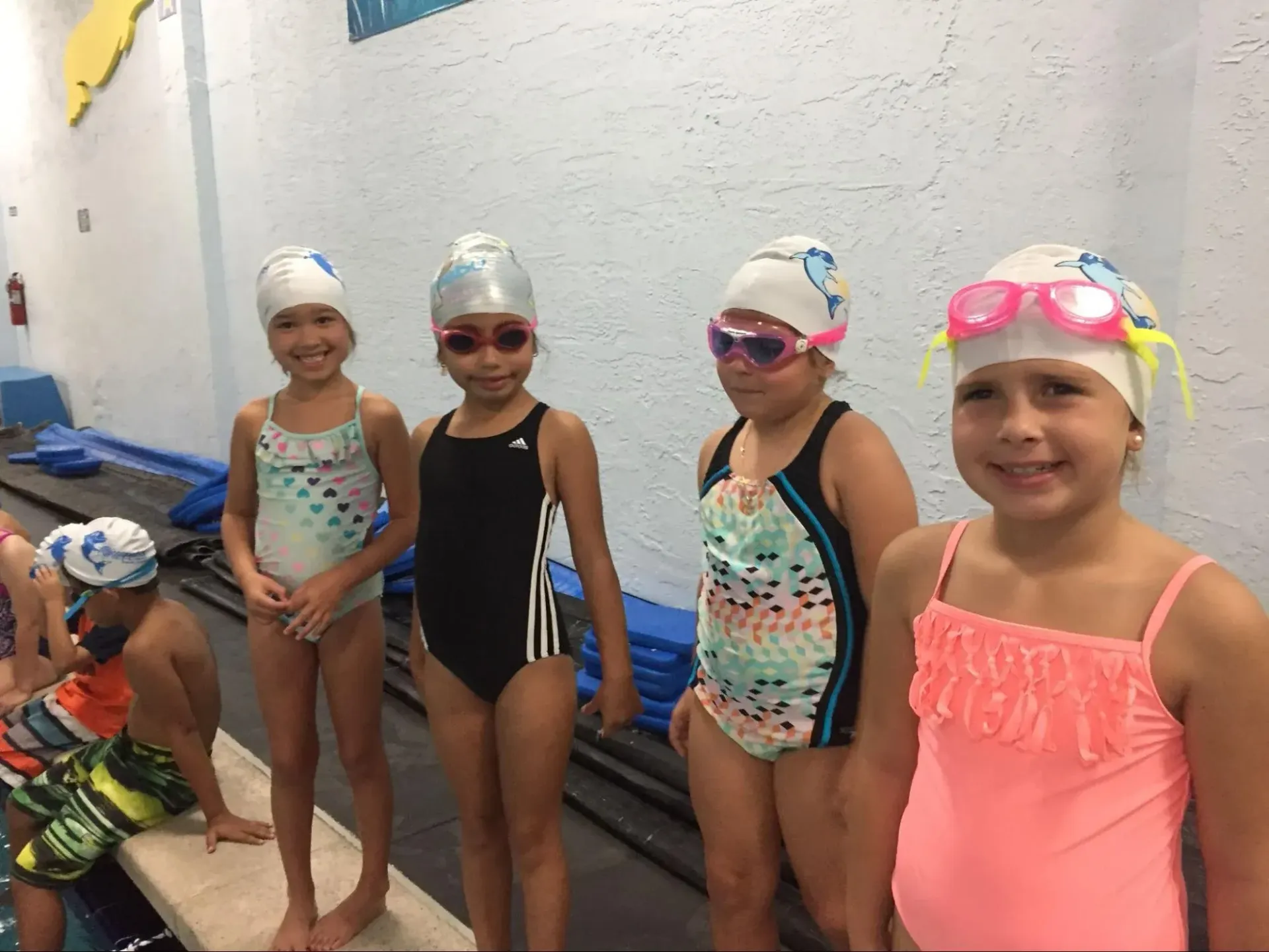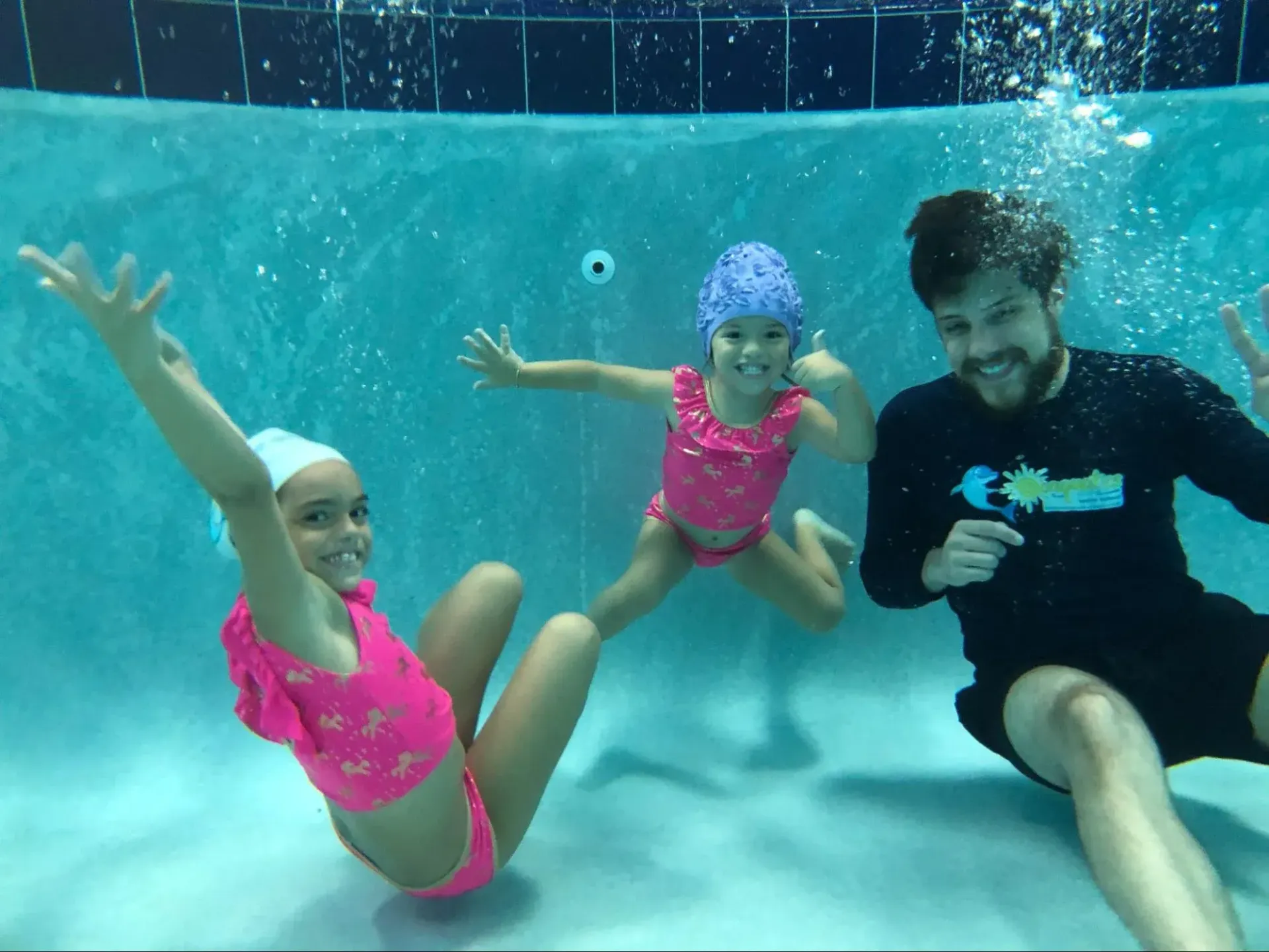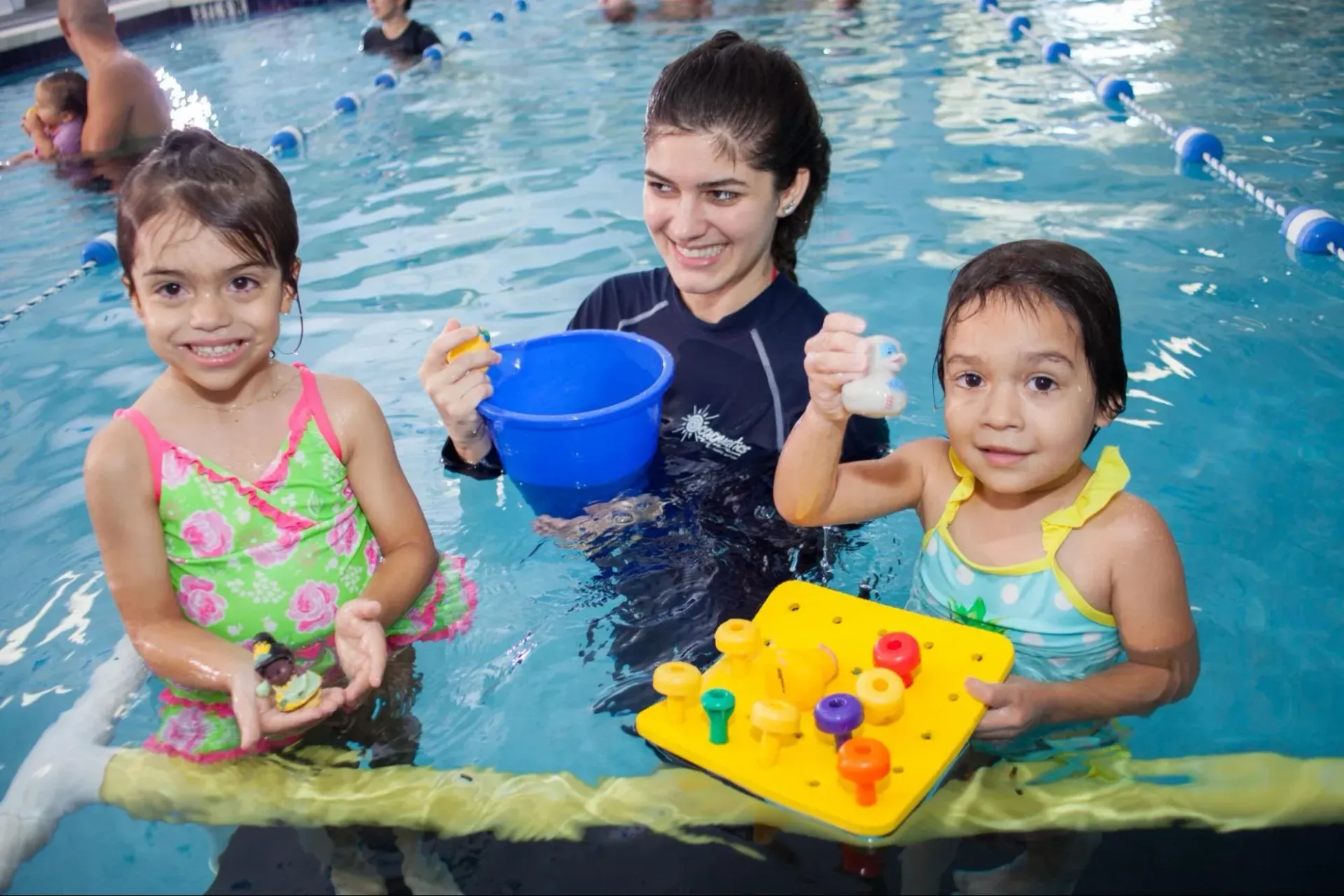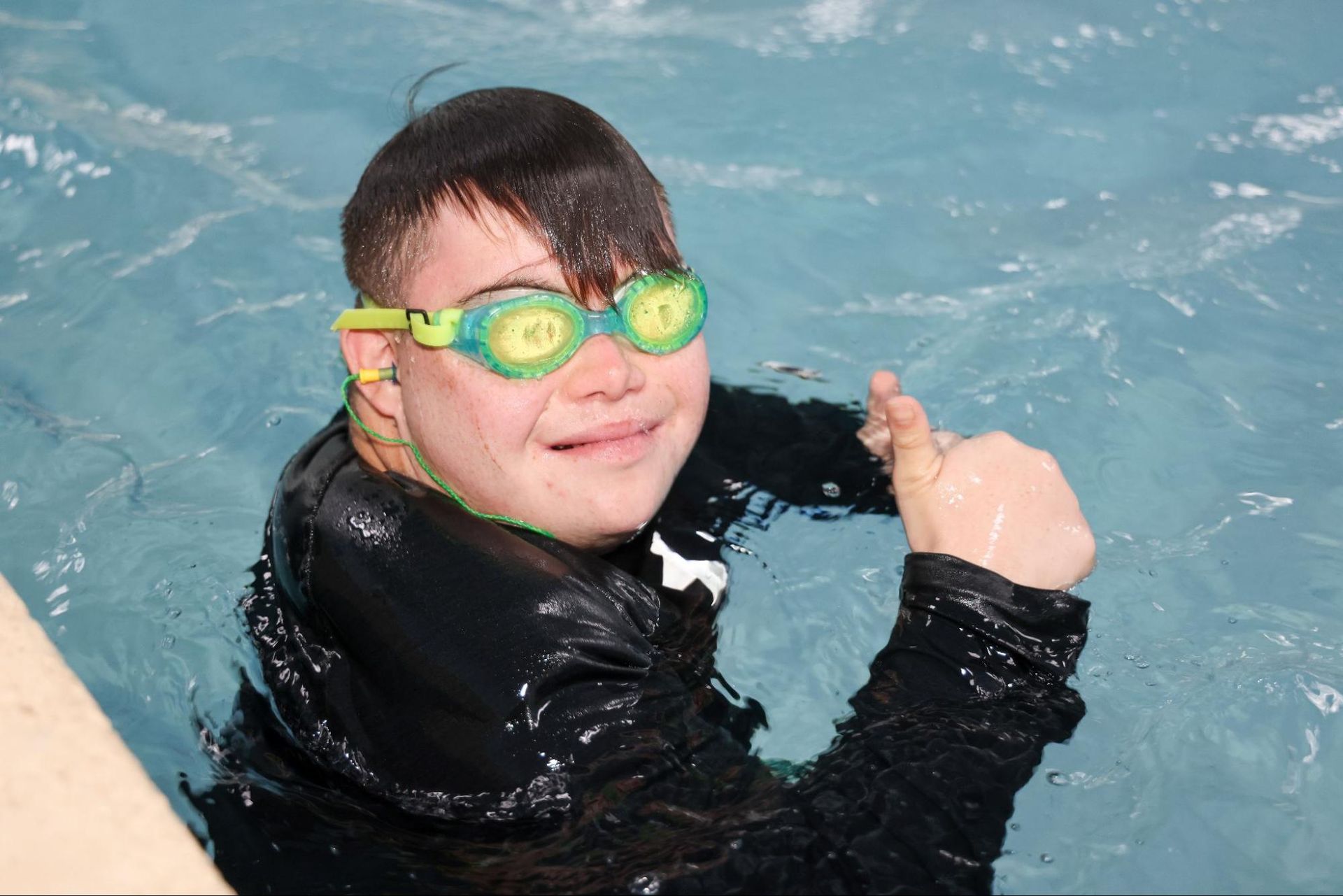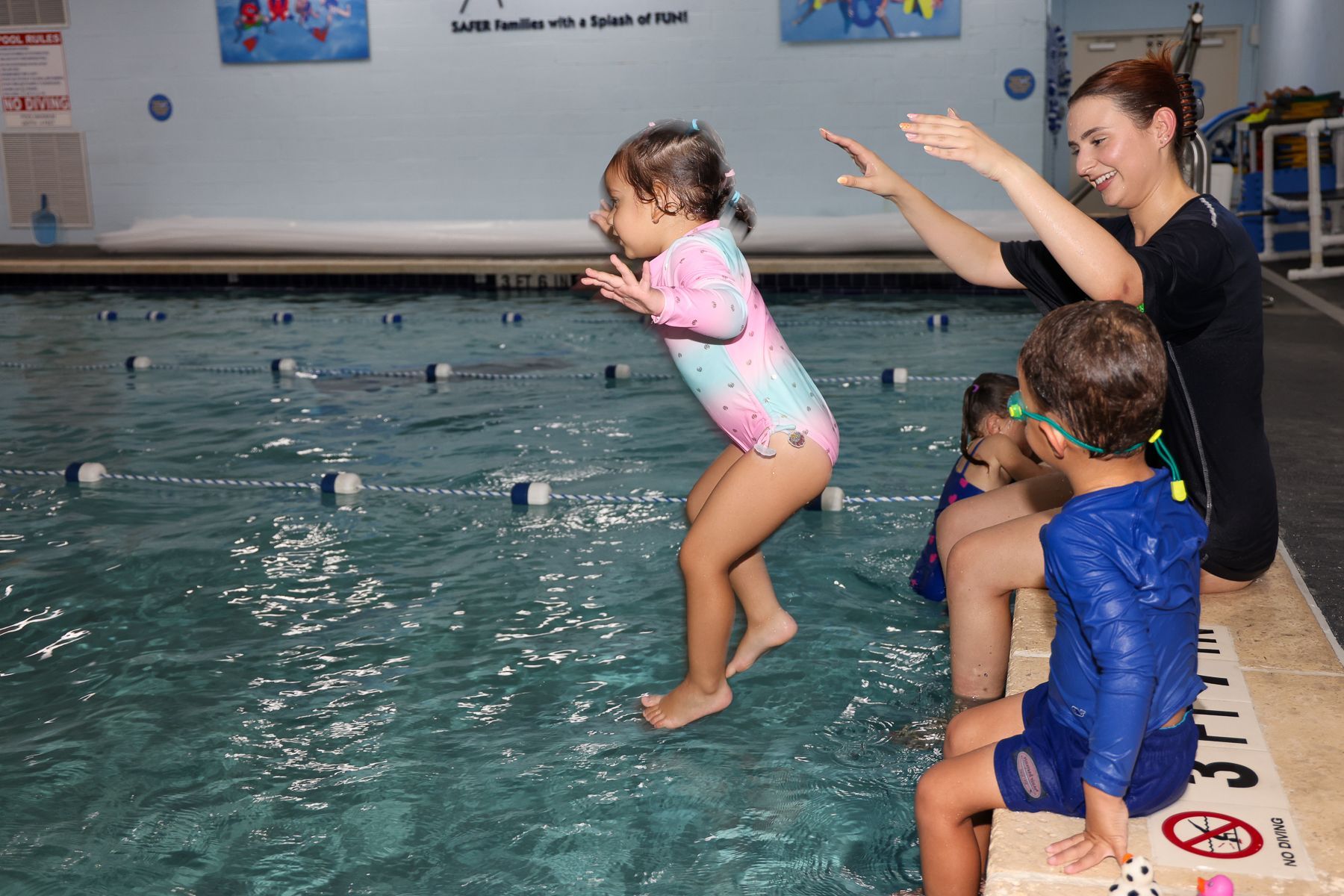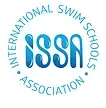Top Swim Drills to Polish Kids' Stroke Technique
Watching your child learn to swim can be such an exciting journey! Every splash and stroke brings new progress, but like any skill, mastering swimming takes time and practice. If you’d like to help your child feel more confident and polished in the water, there are simple at-home drills that can support what they’re already learning in their swim lessons.
The good news? The right swim drills can transform your child's technique faster than you might think. Think of drills as the building blocks of swimming. They break down complex strokes into manageable pieces that kids can master one at a time. In this post, you'll discover the most effective swim drills for kids that coaches use to refine technique, build confidence, and help young swimmers move through the water with less effort and more speed. Whether your child's just starting or training for their first competition, these drills will give them the tools they need to succeed.
Why Swim Drills Matter for Kids
Before we jump into specific exercises, let's talk about why drills are so important. When kids try to swim full strokes right away, they often develop bad habits that are hard to break later. Drills isolate specific parts of a stroke (such as body position, arm movement, or breathing) so your child can focus on getting each piece right.
Kids who practice targeted drills typically see improvements in three key areas: stroke efficiency (doing more with less effort), coordination (getting arms, legs, and breathing to work together), and endurance (lasting longer in the pool without getting tired). Plus, drills make practice more interesting. Instead of just swimming lap after lap, your child gets variety, which keeps them engaged and motivated.
Essential Freestyle Stroke Drills for Kids
Freestyle is usually the first stroke kids learn and the one they'll use most often. These drills help perfect the fundamentals.
- Catch-Up Drill: Perfect for beginners. Your child swims freestyle but keeps one arm extended in front while the other completes a full stroke. The moving arm has to "catch up" and touch the extended hand before the next stroke begins. This drill teaches patience and helps kids feel the correct arm position. It's beneficial for young swimmers who tend to rush their strokes and windmill their arms.
- Kickboard Freestyle Arms: Have your child hold a kickboard under their chest with both hands while practicing just the arm movements. This takes the legs out of the equation, so they can really concentrate on pulling correctly through the water. Watch for their elbows. They should bend and stay high, not drop down and drag through the water.
- Side Kick Drill: Your child kicks on their side with the bottom arm extended forward and the top arm resting along their side. This drill is gold for working on body rotation and balance. Many kids in Miami swim flat like surfboards, but good freestyle requires rolling from side to side. This drill makes that rotation feel natural.
Backstroke Technique Drills for Children
Backstroke can be tricky because kids can't see where they're going. These drills build confidence and proper form.
- One-Arm Backstroke: Swimming backstroke with one arm while the other stays at the side helps your child focus on each arm's movement pattern. They'll learn to keep their arm straight as it comes out of the water and enters behind their head, not off to the side, where it creates drag.
- Cup Drill: Place a small plastic cup on your child's forehead while they swim backstroke. The challenge? Keep the cup from falling off. This teaches them to keep their head still and look straight up rather than lifting it forward, which drops the hips and slows them down. Kids love turning this into a game.
- Double Arm Backstroke: Both arms move together in a big circular motion, like a reverse breaststroke. This drill helps kids understand the pulling motion and builds strength in their back and shoulders.
Breaststroke Drills for Kids
Breaststroke has the most complicated timing of all the strokes, but these drills break it down.
- Breaststroke Kick with Board: Hold a kickboard and practice just the frog kick. Your child's feet should turn out and push water backward, not just squeeze together. A lot of kids struggle with this at first. They're more used to flutter kicks. The key is "up, out, around, together." Heels come up toward the bottom, feet turn out, legs push in a circle, then snap together.
- Three Kicks, One Pull: Your child does three breaststroke kicks for every one arm pull. This puts extra emphasis on the kick, which generates most of the power in breaststroke. It also helps them work on gliding, something many kids skip because they're in a hurry.
Butterfly Stroke for Beginners
Butterfly looks intimidating, but starting with these drills makes it manageable.
- Dolphin Kicks: Before attempting the full butterfly, kids need to master the dolphin kick. Have them practice on their stomach with arms extended forward, making wave-like movements with their whole body. The power comes from the core, not just the legs. This is easier with fins at first, which help them feel the correct motion.
- One-Arm Butterfly: Swimming butterfly with one arm while the other stays extended helps kids learn the arm recovery without worrying about coordinating both sides at once. They should still do the dolphin kick and try to time one kick as the arm enters the water and another as it exits.
- Butterfly with Freestyle Kick: Some coaches have kids swim butterfly arms with flutter kick instead of dolphin kick when they're just starting. It's less tiring and helps them focus on getting the arm motion right, pulling underwater in a keyhole pattern, and recovering over the water with relatively straight arms.
Creating a Practice Routine at Home
If your child takes lessons at Ocaquatics or another swim school, you can reinforce what they're learning with practice between classes. Even 20-30 minutes a couple of times a week makes a difference.
Pick two or three drills per session rather than trying to do everything at once. Kids' attention spans are limited, especially when they're working hard in the water. Quality beats quantity every time. You might do kickboard freestyle arms, side kick drill, and finish with vertical kicking for a well-rounded practice.
Make it fun by setting small goals. "Let's see if you can do the cup drill for one full length without dropping it!" or timing their vertical kicking and trying to beat their previous record. Here in Coral Gables and Kendall, where we're lucky to have warm weather and pools year-round, consistency is easy to maintain.
When to Seek Professional Coaching
While these drills are great for home practice, nothing replaces proper instruction from experienced swim coaches. At Ocaquatics, with five locations across Florida, certified instructors watch for the small details that make big differences (hand entry angle, head position, hip rotation) and provide immediate feedback your child can use.
Professional coaches also know how to progress kids from basic drills to more advanced ones at the right pace. They can spot problems before they become ingrained habits and offer modifications for children with different learning styles or physical abilities.
If your child's progress has stalled, they're consistently finishing behind peers of similar age and experience, or they're getting frustrated with swimming, it might be time for more structured coaching. Group classes work well for most kids, but some benefit from a few private lessons to work through specific challenges.
Your Swim Drill Questions Answered
At what age should kids start learning swim drills?
Most children are ready for basic swim drills around age 5-6, once they're comfortable in the water and can swim a short distance independently. Younger kids benefit more from water safety skills and building confidence. However, every child develops differently, so readiness depends more on their comfort level and basic swimming ability than their exact age.
How often should kids practice swim drills?
For best results, kids should practice swim drills 2-3 times per week for 20-30 minutes per session. More frequent, shorter practices are better than occasional long sessions. Consistency matters more than duration. Regular practice helps muscle memory develop and prevents bad habits from forming between lessons.
Can swim drills help kids who are afraid of certain strokes?
Absolutely. Drills break down intimidating strokes into small, manageable pieces that feel less scary. A child afraid of butterfly, for example, can start with just dolphin kicks or one-arm butterfly before attempting the full stroke. This gradual approach builds confidence and shows kids they can master skills they thought were too difficult.
Should I use swimming equipment for drills?
Yes, equipment like kickboards, pull buoys, and fins makes many drills more effective. However, kids should also practice without equipment to develop a natural feel for the water. A good balance is using equipment for learning new skills, then gradually removing it as technique improves. Avoid relying too heavily on flotation devices, which can create dependency.
How long before we see improvement from practicing drills?
Most kids show noticeable improvement in 3-4 weeks of consistent drill practice. You'll see smaller changes (like better head position or smoother arm entry) within a week or two. Major improvements in speed and efficiency typically take 2-3 months of regular practice. Remember, everyone progresses at their own pace, and plateaus are normal.
Taking the Plunge: Next Steps for Stroke Success
Improving your child's swim technique doesn't happen overnight, but consistent practice with the right drills creates steady progress. Start with one or two drills per stroke, master those, then add more as your child gets comfortable. Remember, swimming should be enjoyable. These drills work best when kids see them as fun challenges rather than boring exercises.
The difference between a struggling swimmer and a confident one often comes down to proper technique, and technique comes from focused practice. Whether your child dreams of joining a competitive team or just wants to feel more comfortable in Miami's beautiful beaches and pools, these drills lay the foundation for swimming success.
Ready to help your child reach their swimming potential? Contact us today at Ocaquatics to learn about our stroke refinement programs and find the location nearest you. Our experienced instructors specialize in helping kids master proper technique through engaging drills and personalized attention that makes every lap count.





